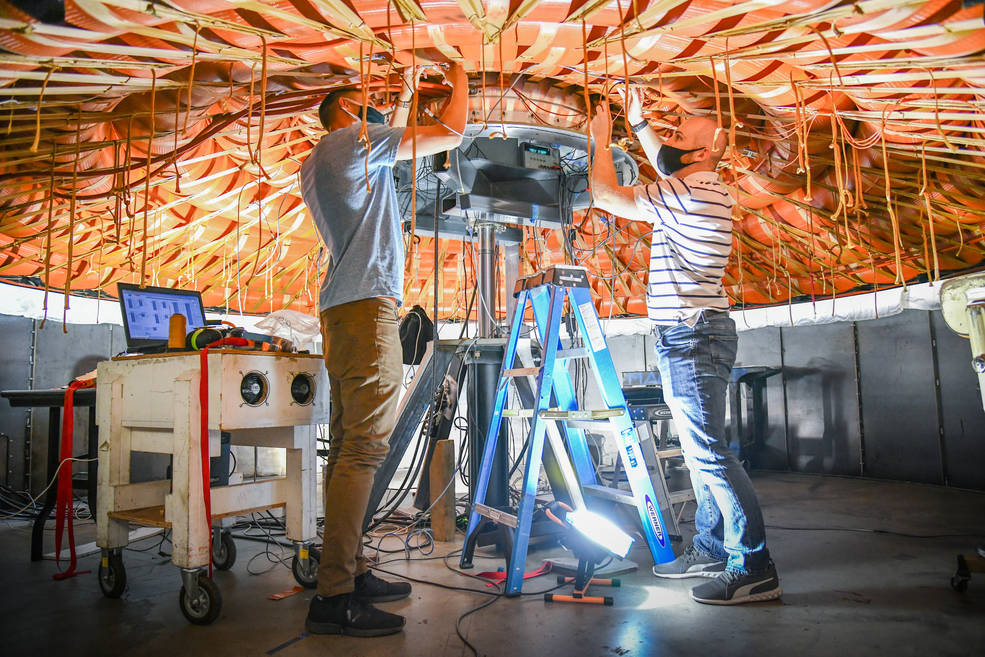McLAREN UNVEILS ALL-NEW, INNOVATIVE LIGHTWEIGHT VEHICLE ARCHITECTURE

Mike Flewitt, CEO of luxury supercar maker McLaren Automotive, today confirmed the introduction of the brand’s all-new, flexible, lightweight vehicle architecture which will underpin its next generation of electrified supercars.
The new architecture, designed specifically to accommodate new hybrid powertrains, has been entirely engineered, developed and produced in-house in the UK at McLaren’s £50m state-of-the-art McLaren Composites Technology Centre (MCTC) in the Sheffield region.
The new flexible vehicle architecture utilises innovative, world-first processes and techniques to strip out excess mass, reduce overall vehicle weight, while also further improving safety attributes.
It will underpin the next generation of McLaren hybrid models as the supercar company enters its second decade of series vehicle production.
The first new McLaren hybrid supercar to be based on the all-new architecture will launch in 2021.
“The new ground-breaking vehicle architecture is every bit as revolutionary as the MonoCell chassis we introduced with the company’s first car, the 12C, when we first embarked on making production vehicles a decade ago.
“This new, ultra-lightweight carbon fibre chassis boasts greater structural integrity and higher levels of quality than ever before with our new MCTC facility quickly becoming recognised as a global centre of excellence in composite materials science and manufacturing.
“Our advanced expertise in light weight composites processes and manufacturing combined with our experience in cutting-edge battery technology and high-performance hybrid propulsion systems means we are ideally placed to deliver to customers levels of electrified high-performance motoring that until now have simply been unattainable.”
Mike Flewitt, Chief Executive Officer, McLaren Automotive.
Mr Flewitt said the new architecture would enable McLaren to transition to 100 per cent electrified supercars.
“For us, light-weighting and electrification go hand-in-hand to achieve better performance as well as more efficient vehicles,” he said.
Ends
Notes to editors:
A selection of high resolution images accompanying this release is available to download from the McLaren Automotive media site – cars.mclaren.press
About McLaren Automotive:
McLaren Automotive is a creator of luxury, high-performance supercars.
Every vehicle is hand-assembled at the McLaren Production Centre (MPC) in Woking, Surrey, England.
Launched in 2010, the company is now the largest part of the McLaren Group.
The company’s product portfolio of GT, Supercar, Motorsport and Ultimate models are retailed through over 85 retailers in more than 32 markets around the world.
McLaren is a pioneer that continuously pushes the boundaries. In 1981, it introduced lightweight and strong carbon fibre chassis into Formula 1 with the McLaren MP4/1.
Then in 1993 it designed and built the McLaren F1 road car – the company has not built a car without a carbon fibre chassis since. As part of the Ultimate Series, McLaren was the first to deliver a hybrid hypercar, the McLaren P1™.
In 2018, the company launched its new £50m McLaren Composites Technology Centre in the Sheffield region in the North of England that will innovate and produce the next generation all-new lightweight carbon fibre architecture.
2019 saw McLaren launch the 600LT Spider as well as the new GT, the track-only Senna GTR and unveiled the 620R and the McLaren Elva.
To support the development, engineering and manufacture of its range of innovative supercars, McLaren Automotive partners with world leading companies to provide specialist expertise, technology and solutions. These include AkzoNobel, Ashurst, Dell Technologies, Pirelli, Richard Mille, and Tumi.
McLaren Group:
The McLaren Group is a global leader in luxury automotive and technology and comprises three businesses: Automotive, Racing and Applied.





